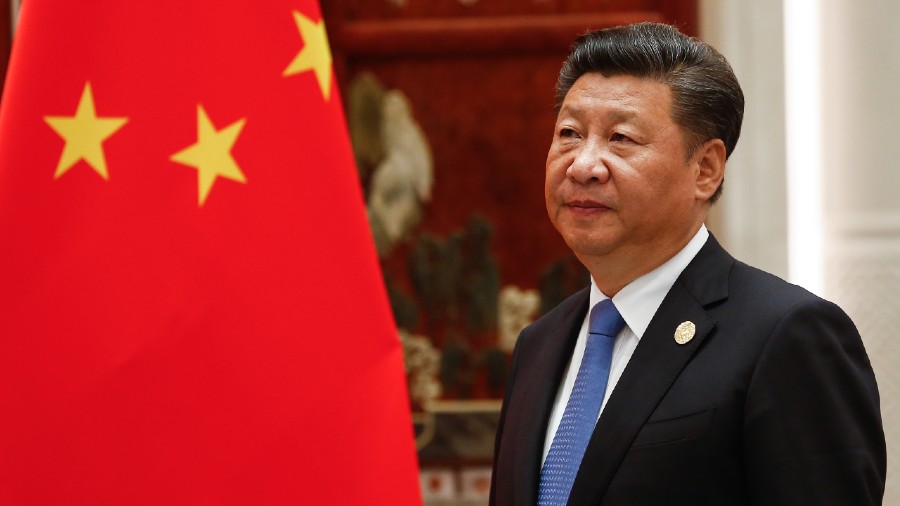China is freeing up tens of billions of dollars for its tech industry to borrow. It is cataloguing the sectors where the US or others could cut off access to crucial technologies. And when its leaders released their most important economic plans last week, they laid out their ambitions to become an innovation superpower beholden to none.
Anticipating efforts by the Biden administration to continue to challenge China’s technological rise, the country’s leaders are accelerating plans to go it alone, seeking to address vulnerabilities in the country’s economy that could thwart its ambitions in a wide range of industries, from smartphones to jet engines.
China has made audacious and ambitious plans before — in 2015 — but is falling short of its goals. With more countries becoming wary of China’s behaviour and its growing economic might, Beijing’s drive for technological independence has taken on a new urgency.
The country’s new five-year plan, made public on Friday, called tech development a matter of national security, not just economic development, a break from the previous plan.
The plan pledged to increase spending on research and development by 7 per cent annually, including the public and private sectors. That figure was higher than budget increases for China’s military, which is slated to grow 6.8 per cent next year, raising the prospect of an era of looming Cold War-like competition with the US.
The spending pledges follow four tumultuous years during which President Donald J. Trump rattled — and angered — the Communist Party leadership under Xi Jinping by restricting access to American technology for some of its corporate giants, including Huawei.
The experience has hardened a view that the US, even under a new administration, is determined to undercut the country’s advancement and that China can no longer rely on the west for a stable supply of the technologies that help drive its economic growth.
“The United States, which has already climbed to the summit, wants to kick away the ladder,” Zhang Xiaojing, an economist with the Chinese Academy of Social Sciences, wrote on the eve of the legislative meetings now underway in Beijing.
The road to the “global peaks of technology”, as Xi has described China’s aspirations, is decidedly uphill. The government had previously set out to spend 2.5 per cent of gross domestic product on research and development in the last five years, but actual expenditures failed to reach that target.
One sector that China has struggled with is microchips, which much of its electronics production relies on. Bewilderingly complex production has stymied Chinese businesses, which instead import the majority of the semi-conductors they require.
Despite tens of billions of dollars invested, China’s domestic chip production met only 15.9 per cent of its chip demand in 2020. China’s Premier, Li Keqiang, last week detailed proposals to accelerate the development of high-end semiconductors, operating systems, computer processors, cloud computing and artificial intelligence.
New York Times News Service











